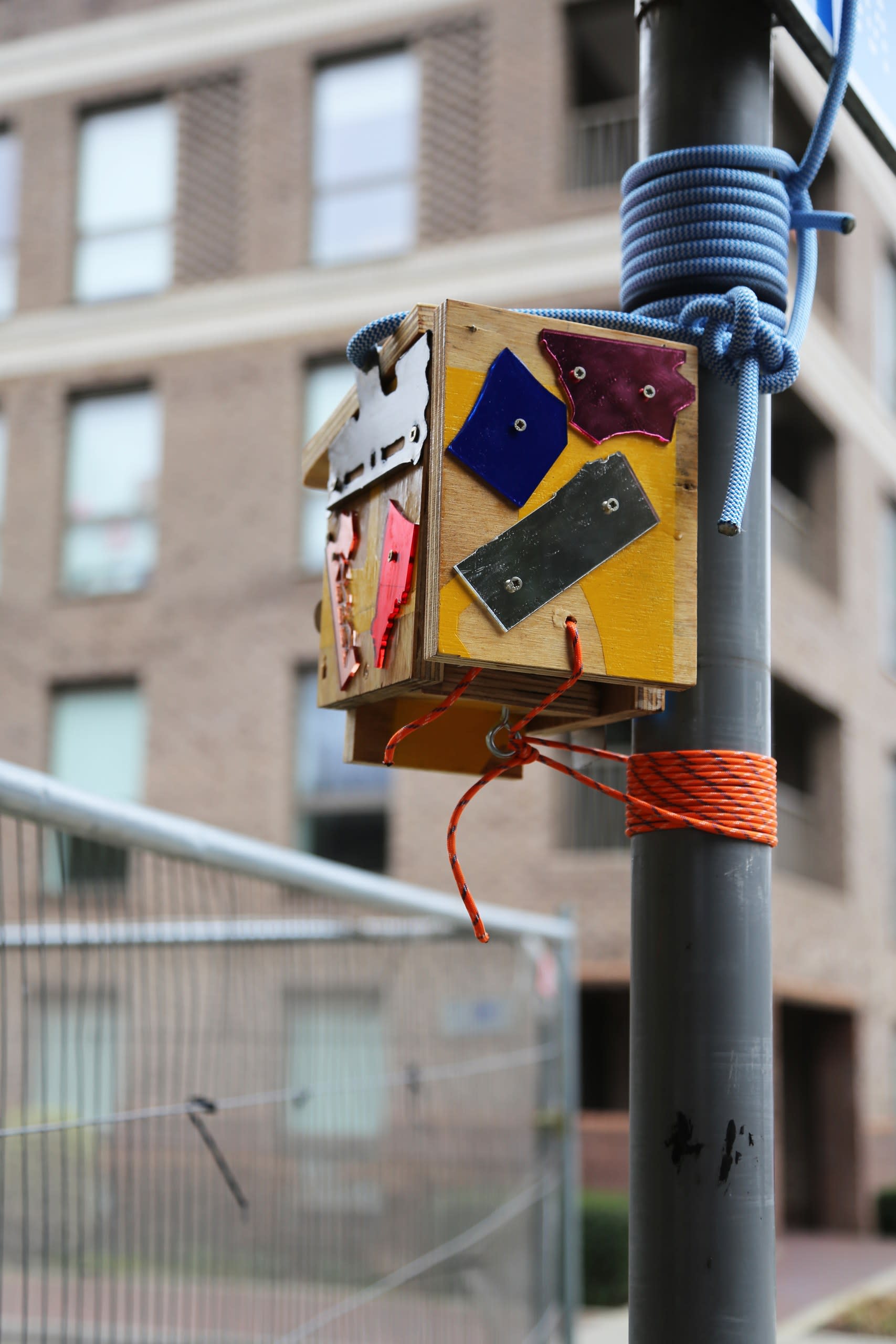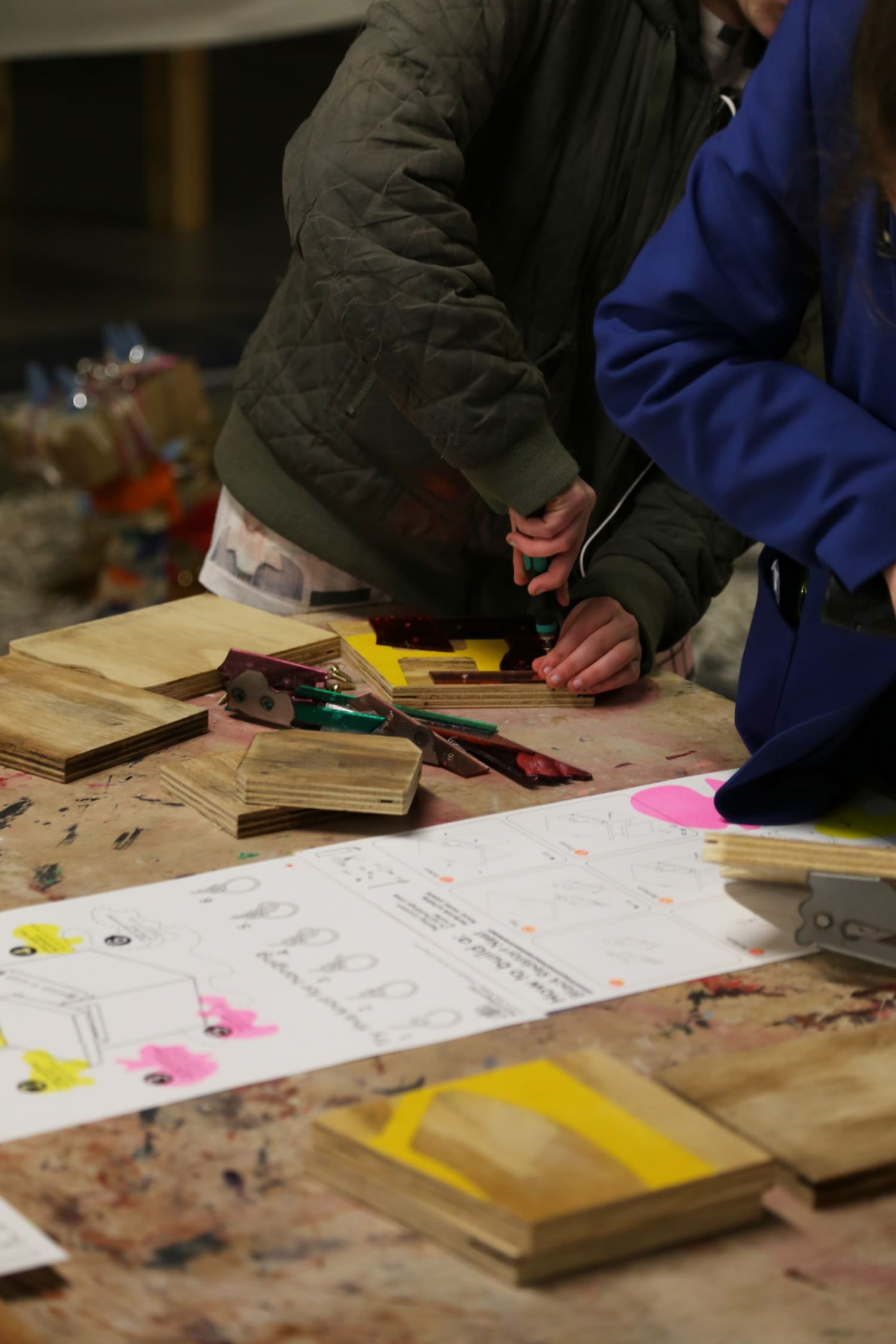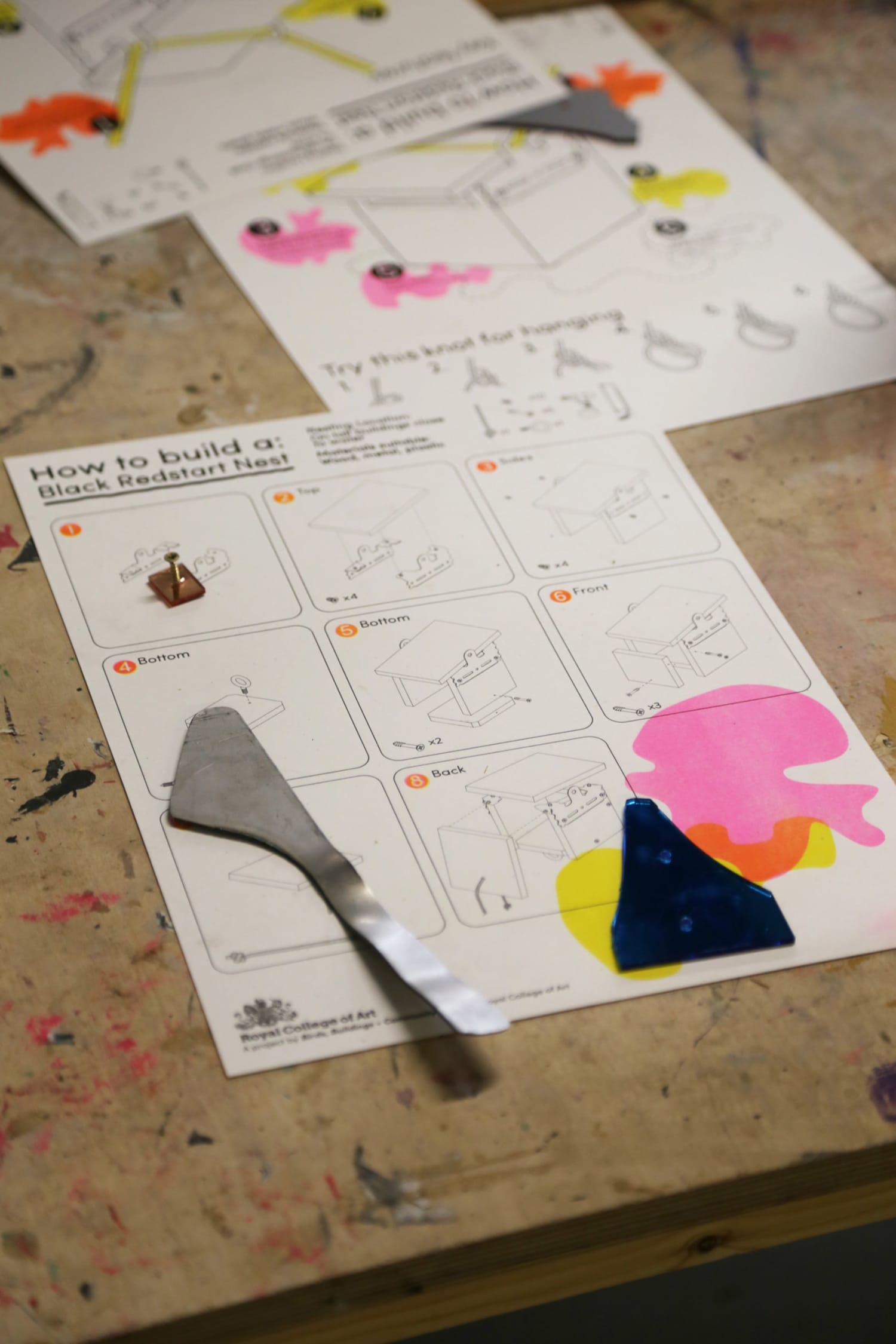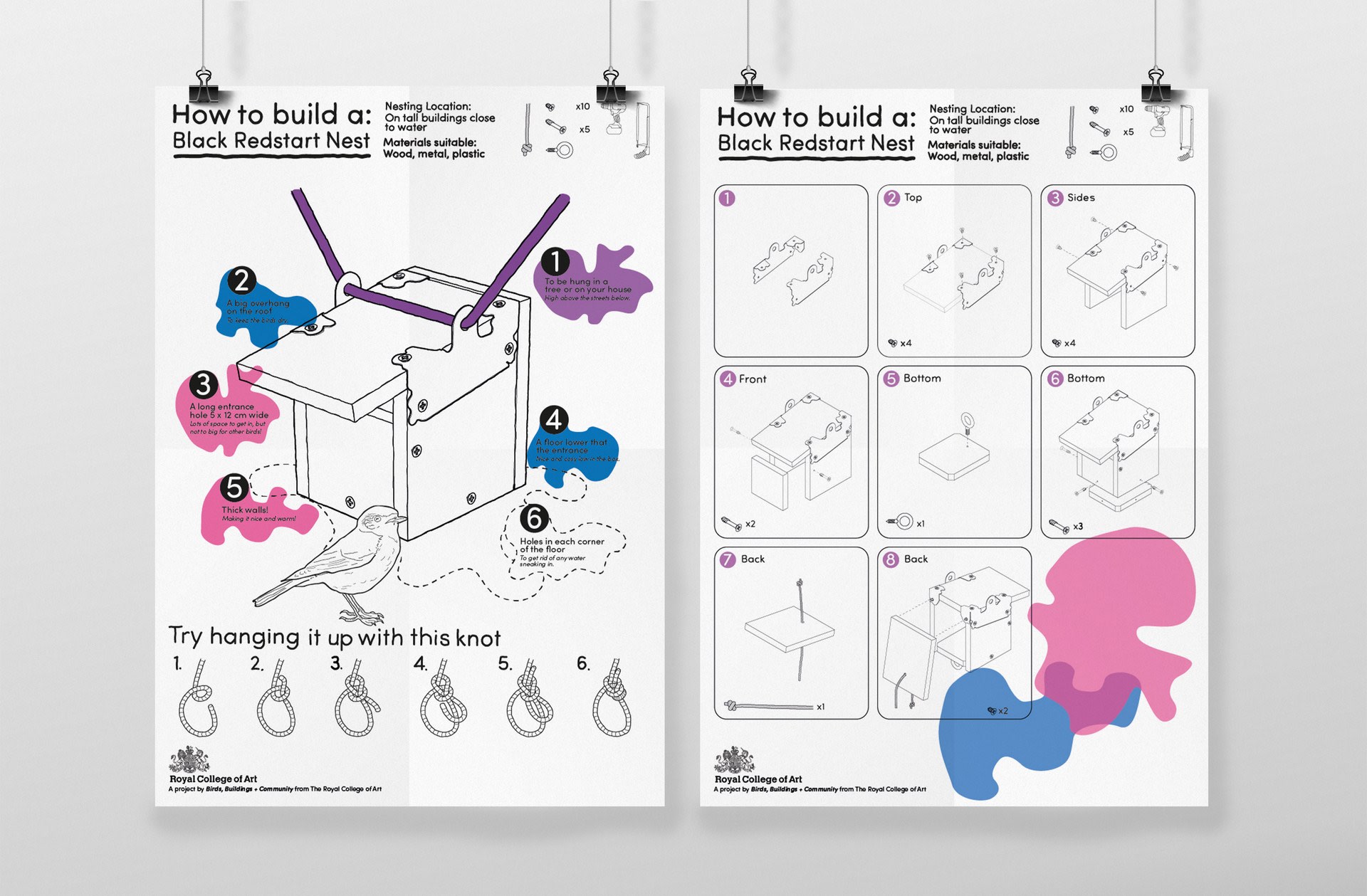Oliver Hawkes is British designer currently based in London, his work has crossed into multiple disciplines from product design to interior design and architecture. He is now working on commissioned and freelance projects in London.
Previously educated in Architecture, the move to product design was driven by a want for a more hands on approach to design, taking a step closer to coal face and being more involved in all stages of the process.
If you have any ideas ratterling around that you want to bring into reality, don't hesitate to contact me. You have idea, I now have lots to time!
Exhibitions:
Royal College of Art, Milan Design Week, 2019
(Un)Finished, London Design Festival, 2020
New Contracts, London Design Festival, Fall 2021
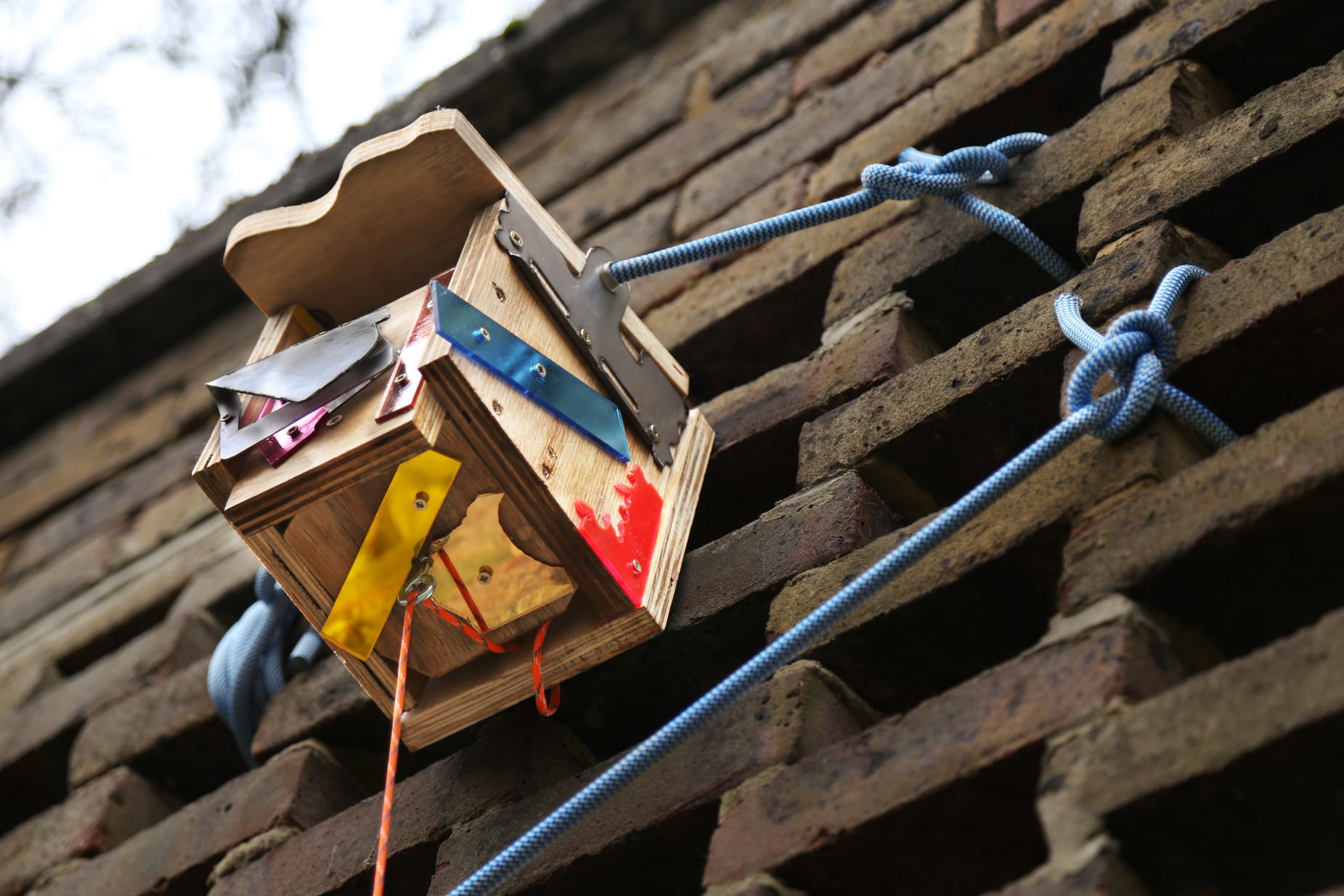

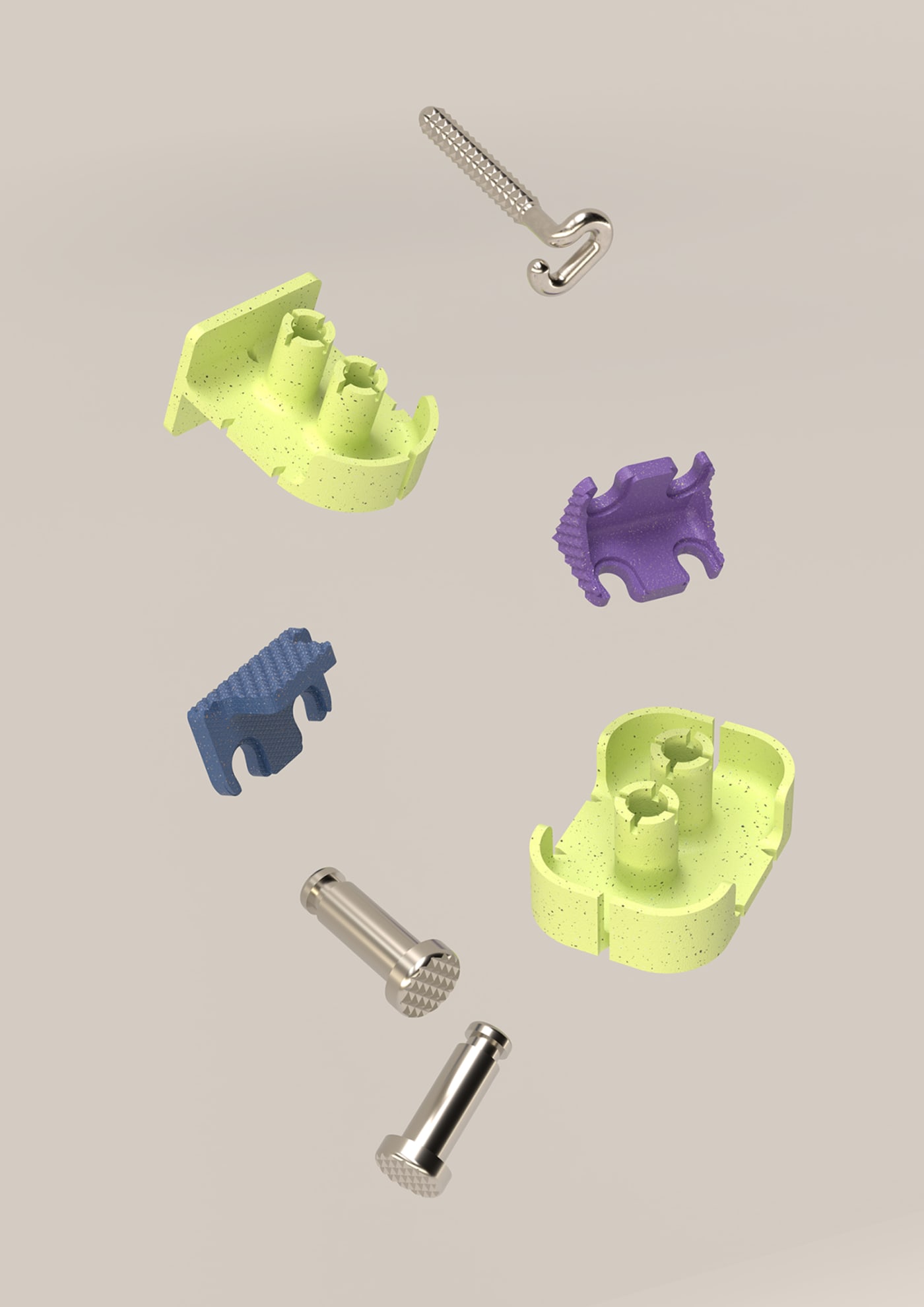
![[untitled]](https://res.cloudinary.com/rca2020/image/upload/f_auto,h_1357,w_1920,c_fill,g_auto,q_auto/v1/rca2021/60c5d80da98c7847e5dfbc7b-816335?_a=AXAH4S10)



![[untitled]](https://res.cloudinary.com/rca2020/image/upload/f_auto,h_2560,w_1707,c_fill,g_auto,q_auto/v1/rca2021/60c5d80da98c7847e5dfbc7b-361817?_a=AXAH4S10)
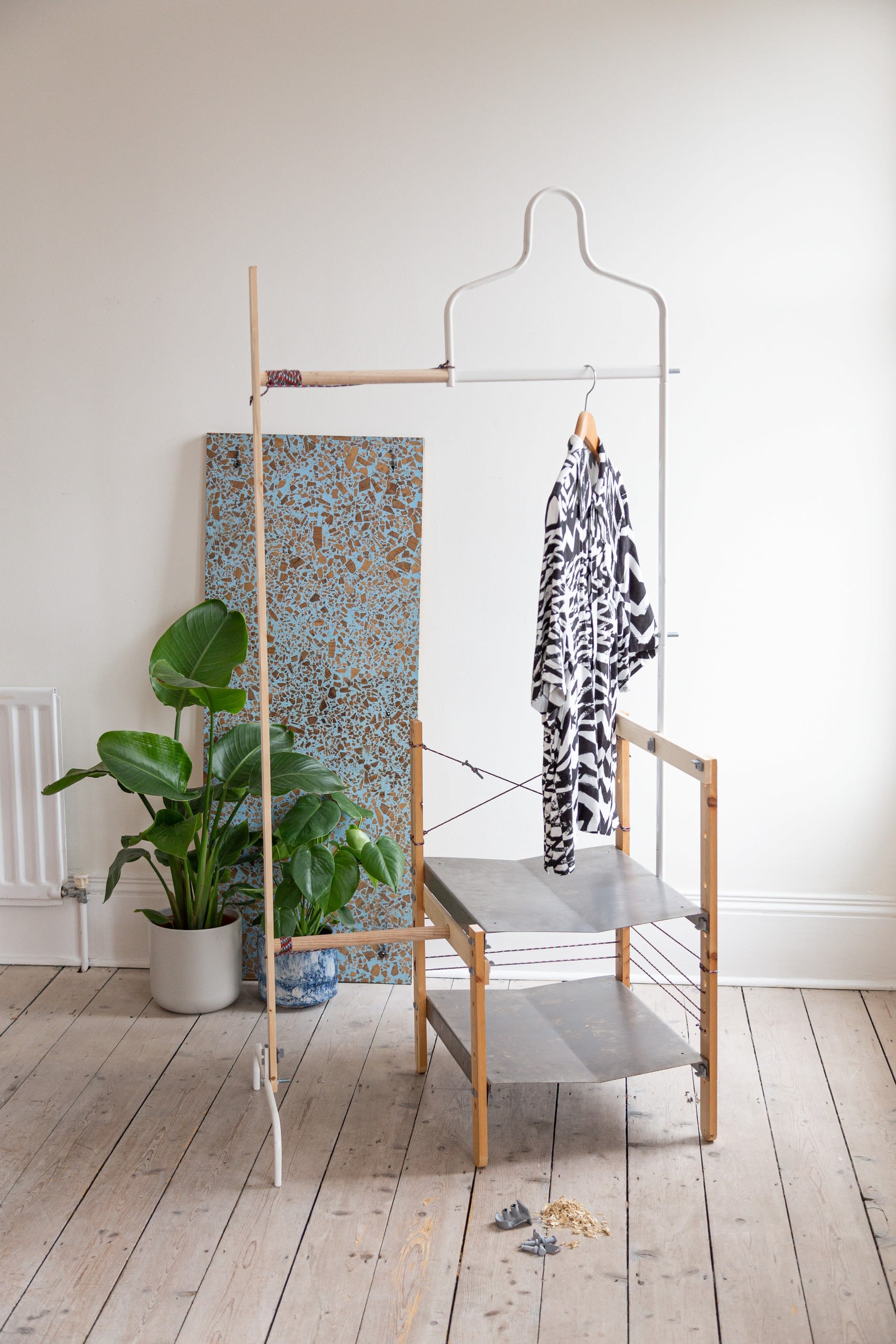
![[untitled]](https://res.cloudinary.com/rca2020/image/upload/f_auto,h_2560,w_1707,c_fill,g_auto,q_auto/v1/rca2021/60c5d80da98c7847e5dfbc7b-270553?_a=AXAH4S10)

![[untitled]](https://res.cloudinary.com/rca2020/image/upload/f_auto,h_1440,w_1920,c_fill,g_auto,q_auto/v1/rca2021/60c5d80da98c7847e5dfbc7b-315481?_a=AXAH4S10)

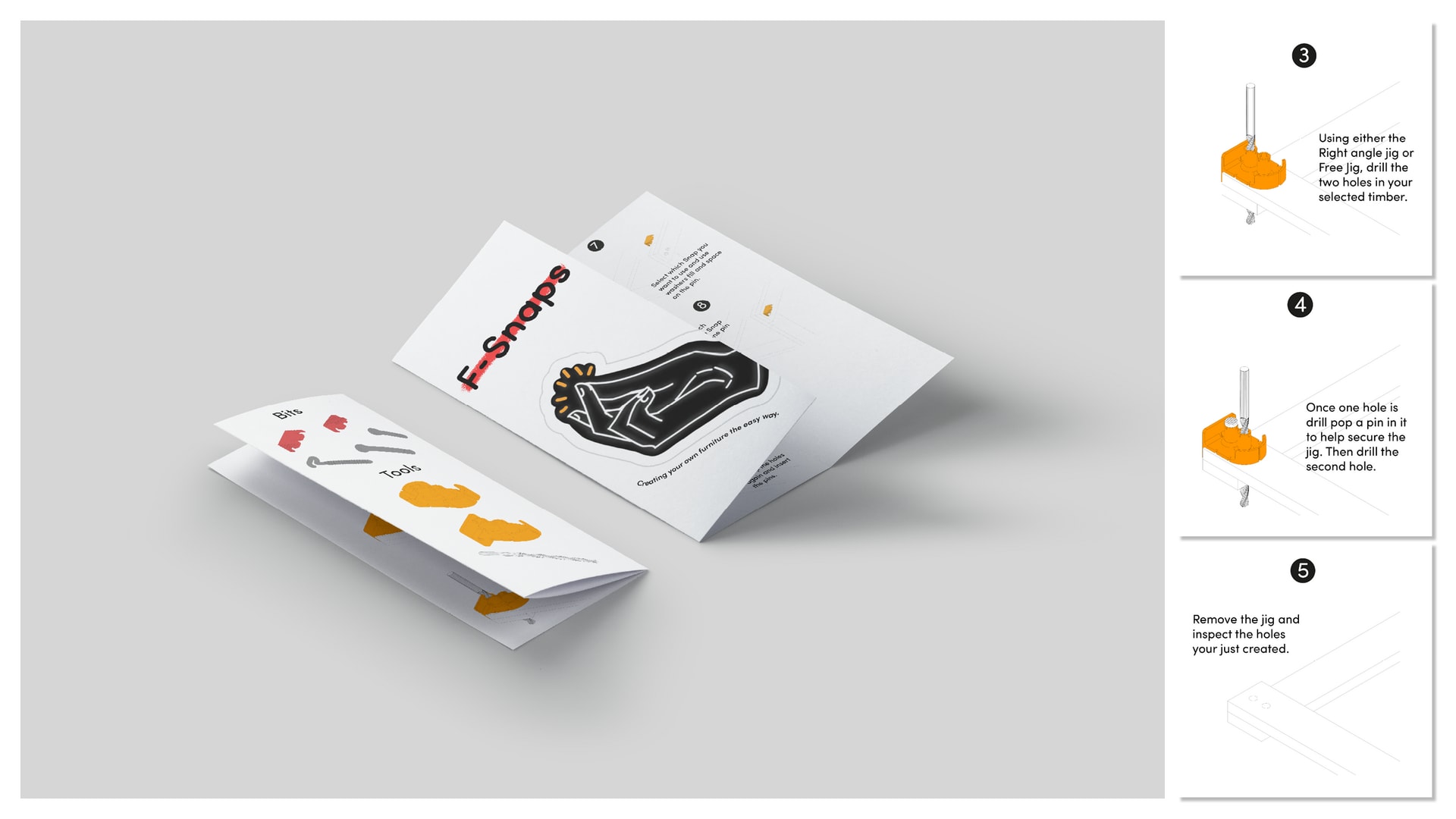
![[untitled]](https://res.cloudinary.com/rca2020/image/upload/f_auto,h_1080,w_1920,c_fill,g_auto,q_auto/v1/rca2021/60c5d80da98c7847e5dfbc7b-415548?_a=AXAH4S10)
